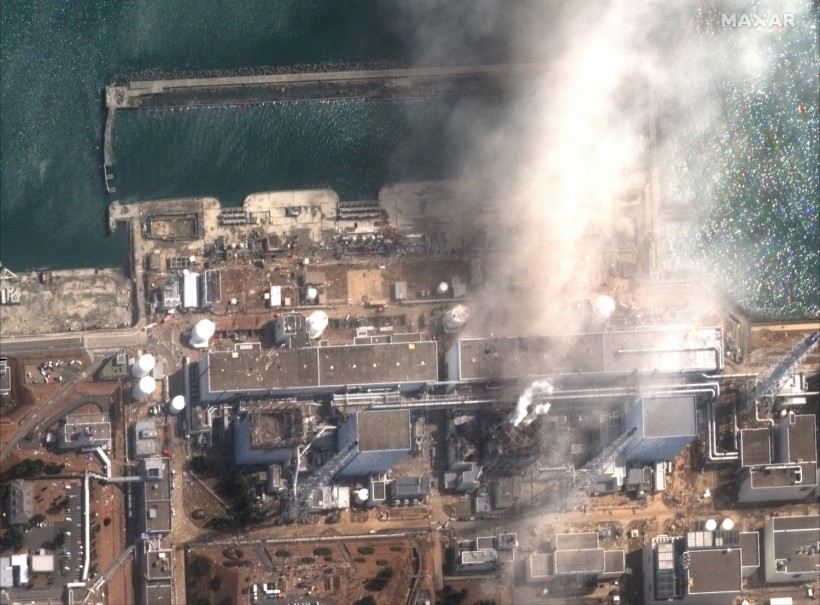It's been almost nine years since the Fukushima Daiichi nuclear disaster happened, and the natural world has wasted no time in reclaiming its space.
Research, published in Frontiers in Ecology and the Environment, indicates a sheer lack of human intervention is more than enough for wildlife populations to thrive despite pervasive radiation.
The Fukushima evacuation sector, five years after the human evacuation, has turned out to be domestic to a considerable array of mid- and large-sized mammal populations.
Analyzing over 267,000 natural world photos, researchers found 20 species within the 'uninhabitable area,' including wild boars, the Japanese hare, macaques, pheasants, foxes, and the raccoon dog - that's related to the fox.
Wildlife biologist James Beasley from the University of Georgia explained that the results represent the first evidence that numerous species of flora and fauna are now enough in some areas in the Fukushima Evacuation Zone, despite the presence of radiological infection.
He added the results indicate that species have increased in abundance following the evacuation of people.
The research targeted three areas around the Fukushima nuclear plant. One with the highest degree of infection and no human access, one with common infection and restricted human access, and one with "some" radiation and open human access.
While previous studies have targeted on figuring out the presence and health of individual animals, that is one of the few studies to observe the populace numbers as a whole.
This data, the authors say, provides precise proof that human abandonment has more of an effect on animal populations than radiological exposure.
Like Chernobyl, where brown bears, bison, wolves, lynxes, Przewalski horses, and more than 200 chicken species inhabited the area, animals are also returning to fully-restricted regions of Fukushima.
The authors wrote that the comparatively larger abundance of raccoons and macaques in the area might be explained by way of exploitation of previously unavailable resources on the interface of rural development and wildlands.
Radiation areas and geography of the regions, according to the researchers, confirmed little impact on the distribution and abundance of these species.
"The terrain varies from mountainous to coastal habitats, and we know these habitats support different varieties of species. To account for those factors, we included habitat and panorama attributes consisting of elevation into our analysis," explains Beasley.
The researcher added the outcomes show that stage of human activity, altitude, and type of habitat were the factors influencing the abundance of the species evaluated, rather than radiation degrees.
The handiest actual exception became the serow, which is a goat-like mammal native to Japan. Usually, this species does not like to be among humans; however, on camera, the serows kept showing up in settled areas.
The authors assume this is probably because the uninhabited regions have been domestic to an abundance of boar, which might have been enough competition to keep the serow out.
The researchers didn't observe the health of character species. But if these animals are suffering adverse outcomes from radiation, it's no longer showing up at a populace degree, nor does it seem to affect their abundance in the long-term - far from it.
© 2024 NatureWorldNews.com All rights reserved. Do not reproduce without permission.


![Climate Change is Reducing Dust Levels Worldwide as Arctic Temperature Warms [Study]](https://1471793142.rsc.cdn77.org/data/thumbs/full/70320/280/157/50/40/climate-change-is-reducing-dust-levels-worldwide-as-arctic-temperature-warms-study.jpg)

![Tsunami Hazard Zones: New US Map Shows Places at Risk of Flooding and Tsunamis Amid Rising Sea Levels [NOAA]](https://1471793142.rsc.cdn77.org/data/thumbs/full/70325/280/157/50/40/tsunami-hazard-zones-new-us-map-shows-places-at-risk-of-flooding-and-tsunamis-amid-rising-sea-levels-noaa.jpg)

